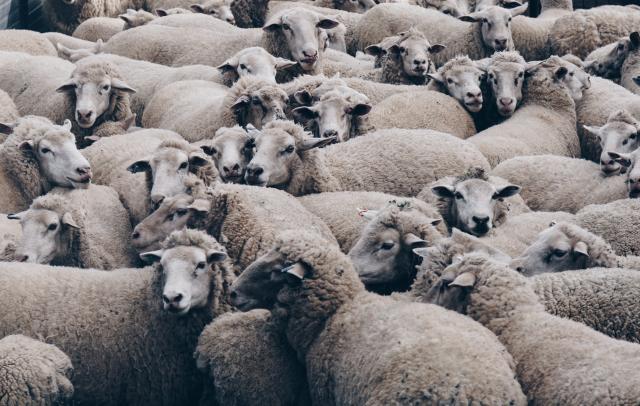By Dr Jeff Cave, Senior Veterinary Officer
In my role, when I hear the same comments coming from producers more than once, there is usually a reason.
This year I have been hearing of difficult lambings due to large single lambs, sickness in ewes feeding twin lambs, problems with internal parasites, and foot issues.
I consider these issues are related to this year’s seasonal conditions.
Think back to late summer, usually a time of hot dry conditions and a feed deficit, when we had abnormally high rainfall and pasture growth resembling the height of spring.
This would have led to pregnant ewes being in a higher average body condition score than normal, leading to larger than normal single lambs and lambing difficulties.
It would have also led to higher-than-normal worm burdens and the breakdown of summer worm control programs.
Furthermore, these conditions would have favoured the expression and spread of benign and virulent footrot in those flocks that have it.
Moving forward a few months to recent times, worm burdens would have continued to build and foot issues would have continued to express themselves.
For most flock owners, a drenching program guided by faecal egg counts, and foot bathing for flocks that require it, will be the best way of managing this situation.
Overall, in many cases, there has been a lowering plane of nutrition meaning that ewes in high body condition feeding twin lambs were in an energy deficit and had to use their fat reserves to compensate, the result being pregnancy toxaemia or ‘twin lamb’ disease.
This is best improved by using an energy-rich supplement such as grain or pellets.
The control of all these conditions can mean the need for a complex management plan.
For further advice please contact your local veterinarian or Agriculture Victoria veterinary or animal health officer.







